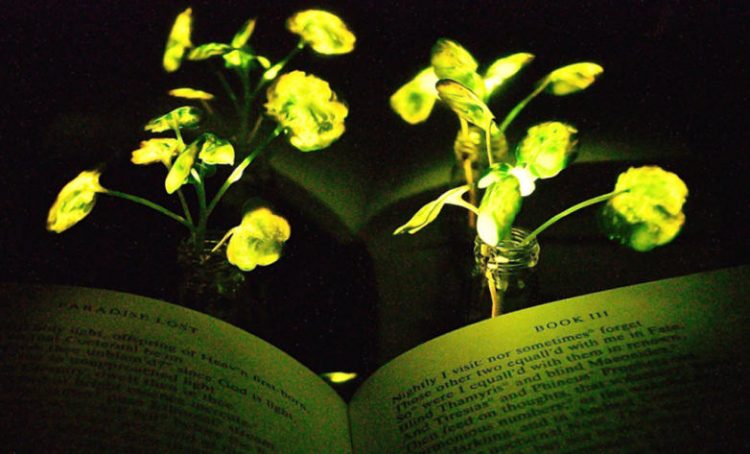MIT Scientists Develop Method to Make Plants Glow in the Dark

MIT researchers have made an important breakthrough in their quest to make plants that glow in the dark a reality. In what they call Plant Nanobionics, the engineers embedded nanoparticles into the leaves of a watercress plant that caused the plants to give off a dim glow for three and a half hours. Their next […]
